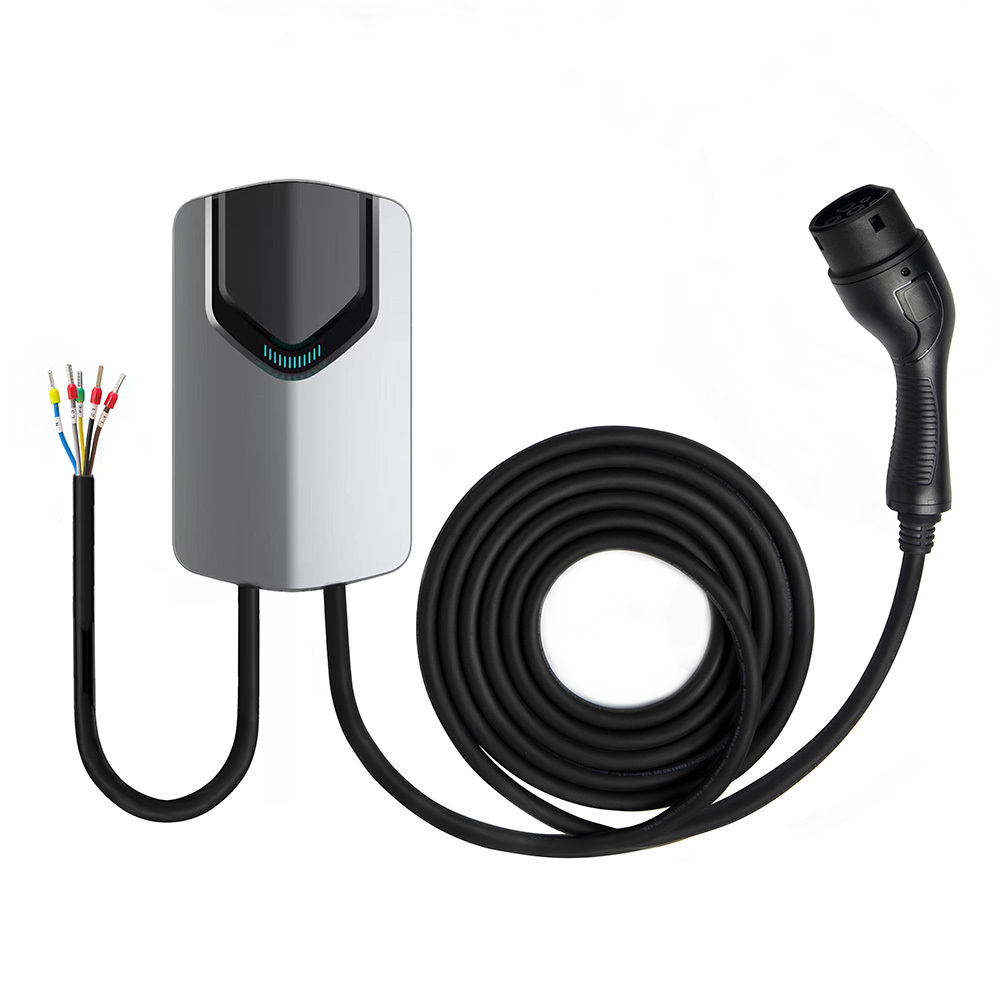
May 05,2025
Three Phase EV Charger
A three phase EV charger utilizes three alternating currents to deliver power more efficiently compared to its single-phase counterparts.
As the demand for electric vehicles (EVs) continues to grow, understanding the infrastructure that supports them has become increasingly important. One significant component of this infrastructure is the three phase EV charger. Unlike single-phase chargers, three phase EV chargers offer enhanced performance and charging speed, making them a popular choice for commercial and industrial applications.
A three phase EV charger utilizes three alternating currents to deliver power more efficiently compared to its single-phase counterparts. This design allows for a higher voltage and current capacity, which means that vehicles can be charged faster. For example, while a typical single-phase charger may offer charging speeds of around 3.7 kW to 7.4 kW, a three phase charger can provide charging speeds ranging from 11 kW to 22 kW or even higher depending on the installation. This capability is particularly beneficial for businesses or fleets that require quick turnaround times for charging their electric vehicles.

The technical specifications of three phase EV chargers generally include a three-phase input configuration, which typically operates at 400 volts. This level of voltage is essential for handling the increased power demands of multiple vehicles being charged simultaneously. Moreover, three phase chargers often come equipped with advanced features such as smart charging capabilities, which allow for the optimization of electricity consumption based on grid demand and energy costs.
Another key advantage of three phase EV chargers is their ability to support various EV models through standardized connectors. Most modern electric vehicles are compatible with Type 2 connectors, which are widely used in three phase charging setups. Additionally, many three phase chargers feature integrated safety systems, including residual current devices, which protect users from electrical faults during the charging process.
In terms of installation, three phase EV chargers may require a more complex setup compared to single-phase chargers. This may involve ensuring that the electrical supply infrastructure can support the higher power requirements. Working with qualified electricians and installers is crucial to ensure compliance with local regulations and standards, as well as to optimize the performance of the charging system.
As more businesses and individuals transition to electric mobility, the role of three phase EV chargers will continue to expand. Their efficiency and speed make them an essential component of the charging ecosystem, helping to facilitate the widespread adoption of electric vehicles. In summary, understanding three phase EV chargers is vital for anyone looking to navigate the evolving landscape of EV technology and infrastructure.
Previous: 40kw Ev Charging Station
Next: Maximize Your Space with a Wall Mounted EV Charger: The Ultimate Guide
Latest News





